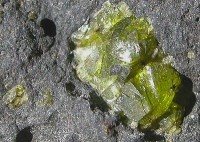 The Basalts:
The Basalts:Basalt is a hard, black volcanic rock with less than about 52 weight percent silica (SiO2). Because of basalt's low silica content, it has a low viscosity (resistance to flow). Therefore, basaltic lava can flow quickly and easily move >20 km from a vent. The low viscosity typically allows volcanic gases to escape without generating enormous eruption columns. Basaltic lava fountains and fissure eruptions, however, still form explosive fountains hundreds of meters tall. Common minerals in basalt include olivine, pyroxene, and plagioclase. Basalt is erupted at temperatures between 1100 to
1250° C.
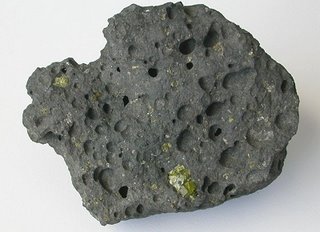 Here's a basalt from Hawaii.
Here's a basalt from Hawaii.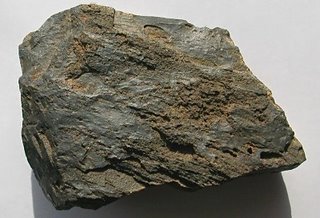 Here's a basalt from California.
Here's a basalt from California.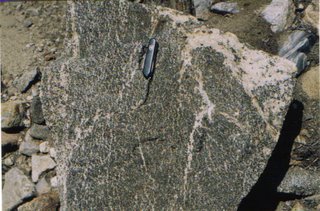 Here's a gabbro boulder from California.
Here's a gabbro boulder from California.Did you know?
Basalt is the most common rock type in the Earth's crust (the outer 10 to 50 km). In fact, most of the ocean floor is made of basalt.
Huge outpourings of lava called "flood basalts" are found on many continents. The Columbia River basalts, erupted 15 to 17 million years ago, cover most of southeastern Washington and regions of adjacent Oregon and Idaho.
Basaltic magma is commonly produced by direct melting of the Earth's mantle, the region of the Earth below the outer crust. On continents, the mantle begins at depths of 30 to 50 km.
Shield volcanoes, such as those that make up the Islands of Hawai`i, are composed almost entirely of basalt.
Plagioclase feldspar
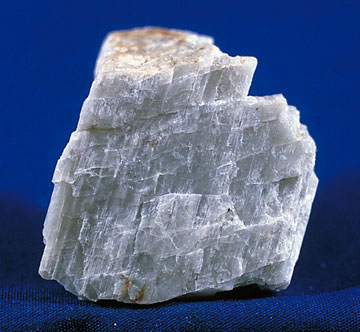
The Feldspar Group
Plagioclase Feldspar
Andesine
Bytownite
High Plagioclase
Labradorite
Lazur-Feldspath
Lynx Eye
Oligoclase
Oligoclase-Albite
Oregon Sunstone
Sunstone
Olivine
Olivine
Forsterite
(Var: Peridot),
Olivine
Peridot Mesa, San Carlos, San Carlos Indian Reservation, Gila Co., Arizona, USA
Bright Lime Green Peridot with scattered dark green Olivine, all occurring on dark Gray Basalt matrix, with Chrysolite as a main granular constituent.
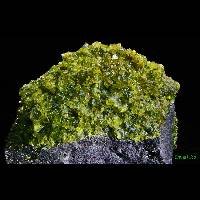
Forsterite (Var: Peridot)
Peridot Mesa, San Carlos, San Carlos Indian Reservation, Gila Co., Arizona, USA
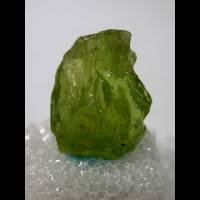
Pyroxene
Pyroxene Group
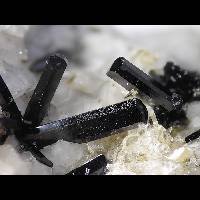
Orthopyroxene Subgroup,
Albite-Anorthite Series,
Hornblende
Juan Diego Mine, Cahuilla Mountain District, Riverside Co., California, USA
This is a thin section of the gabbro. The large yellow crystal is an orthopyroxene surrounding many plagioclase crystals (5x). At the lower right hand corner the blue crystals are amphiboles that crystallized from the pyroxene in response to a metamorphic event. (x nicols) Crother 1992.
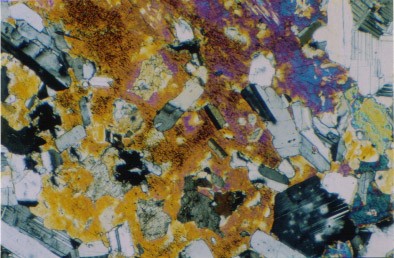

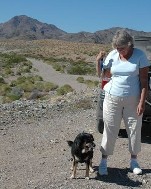




No comments:
Post a Comment